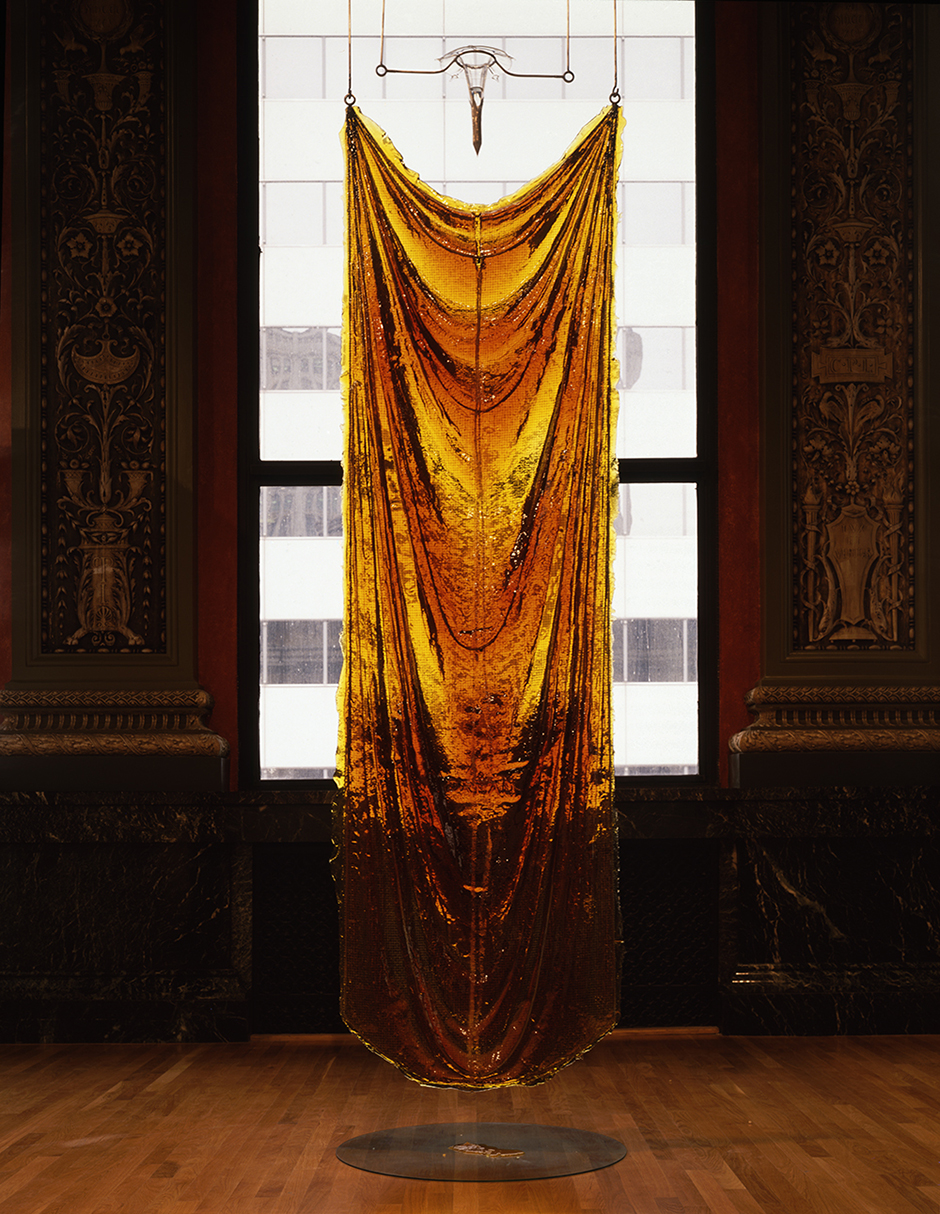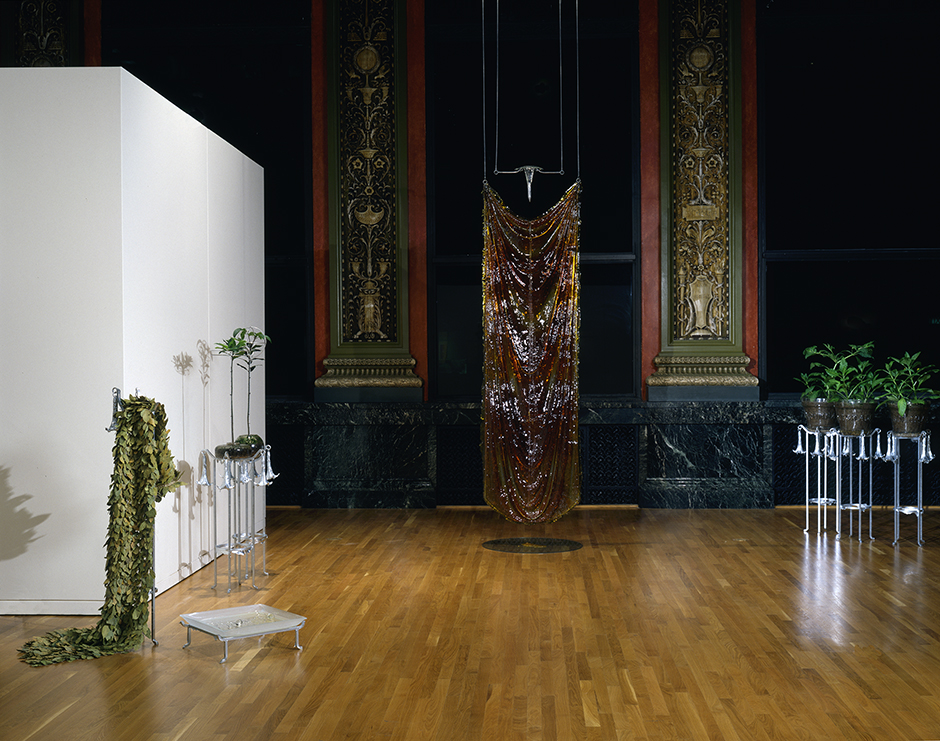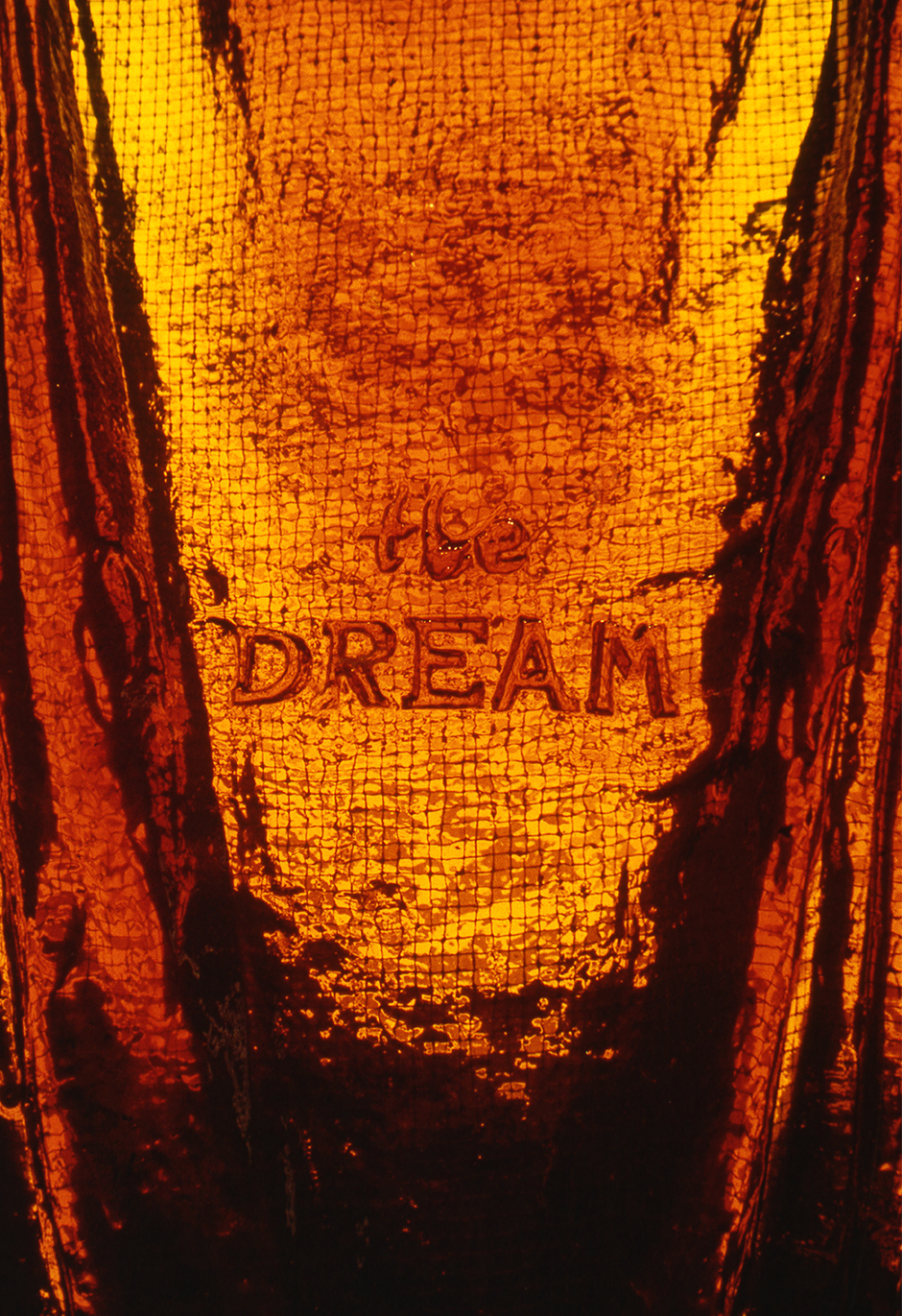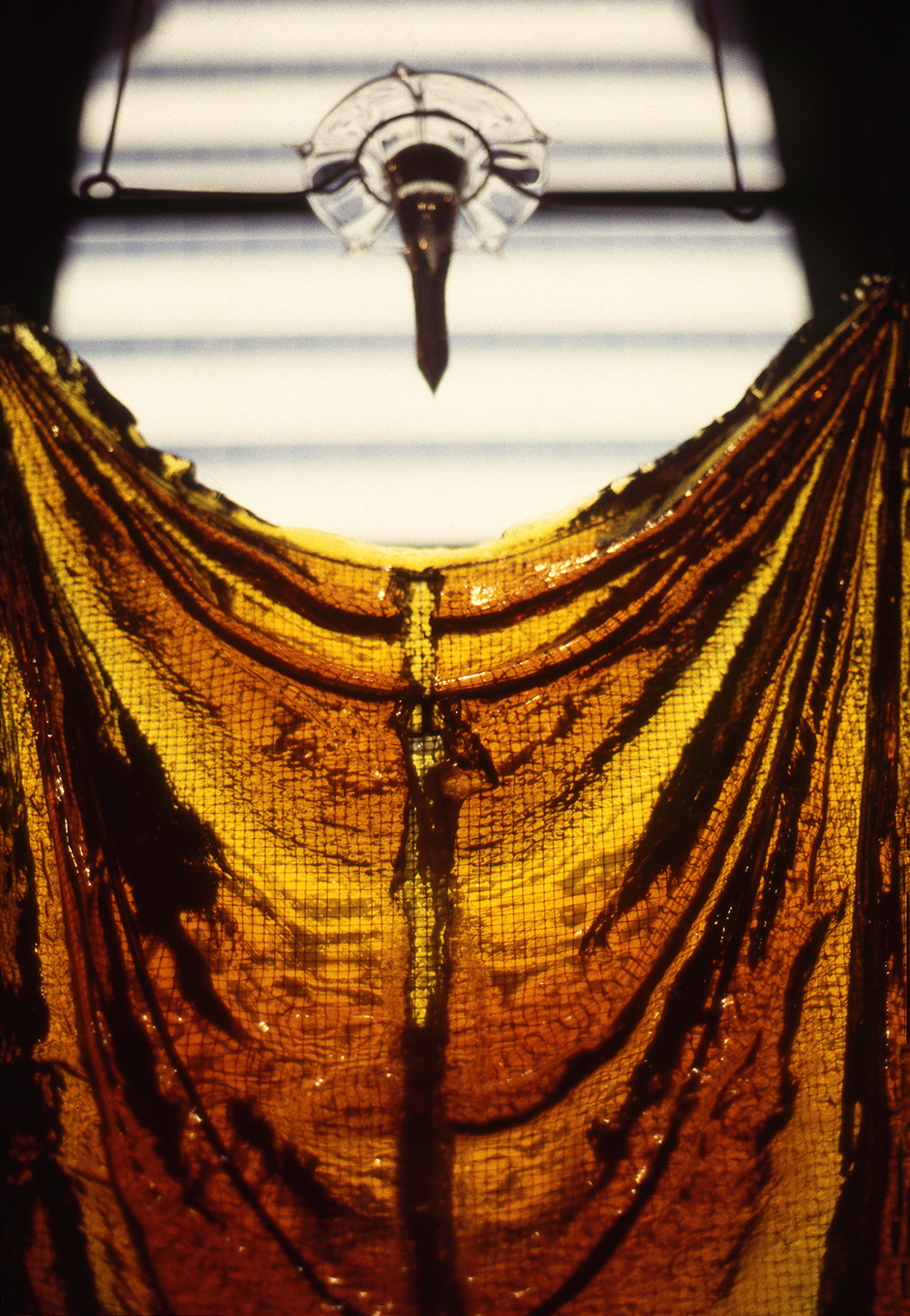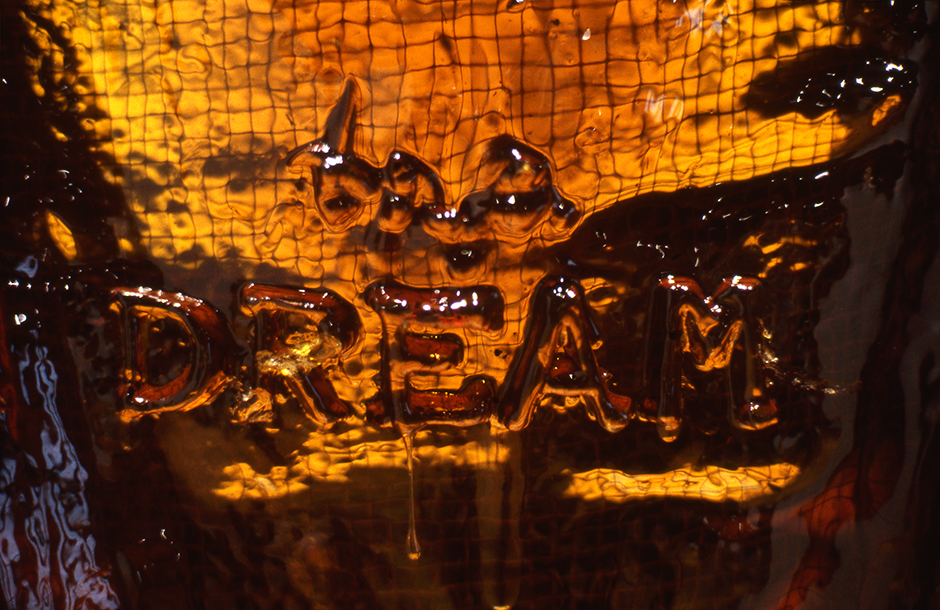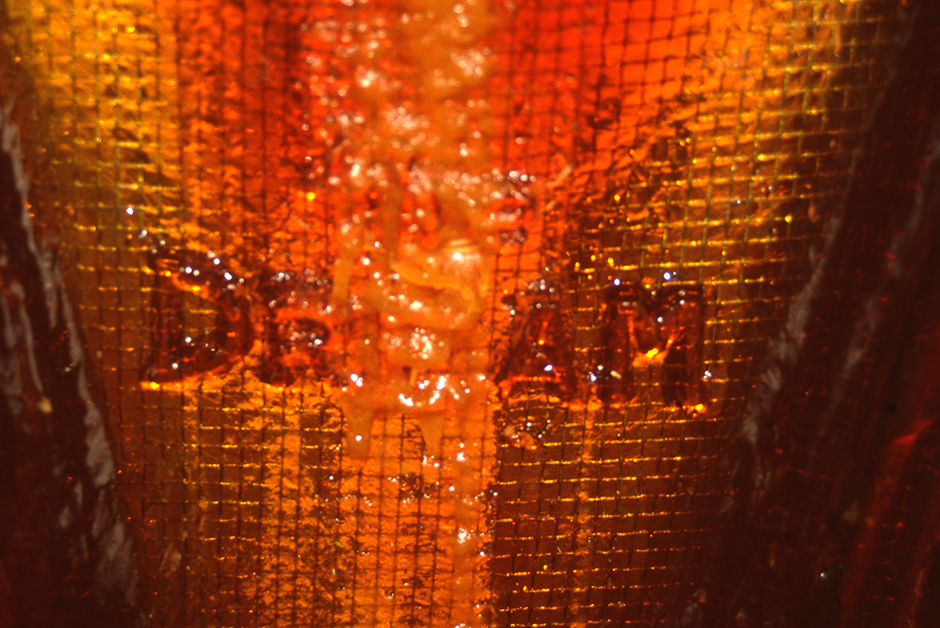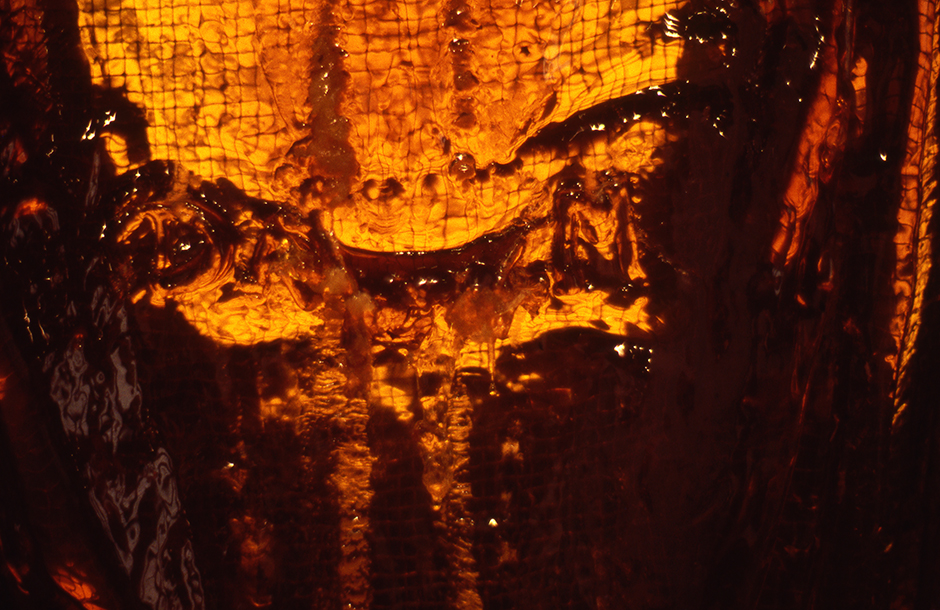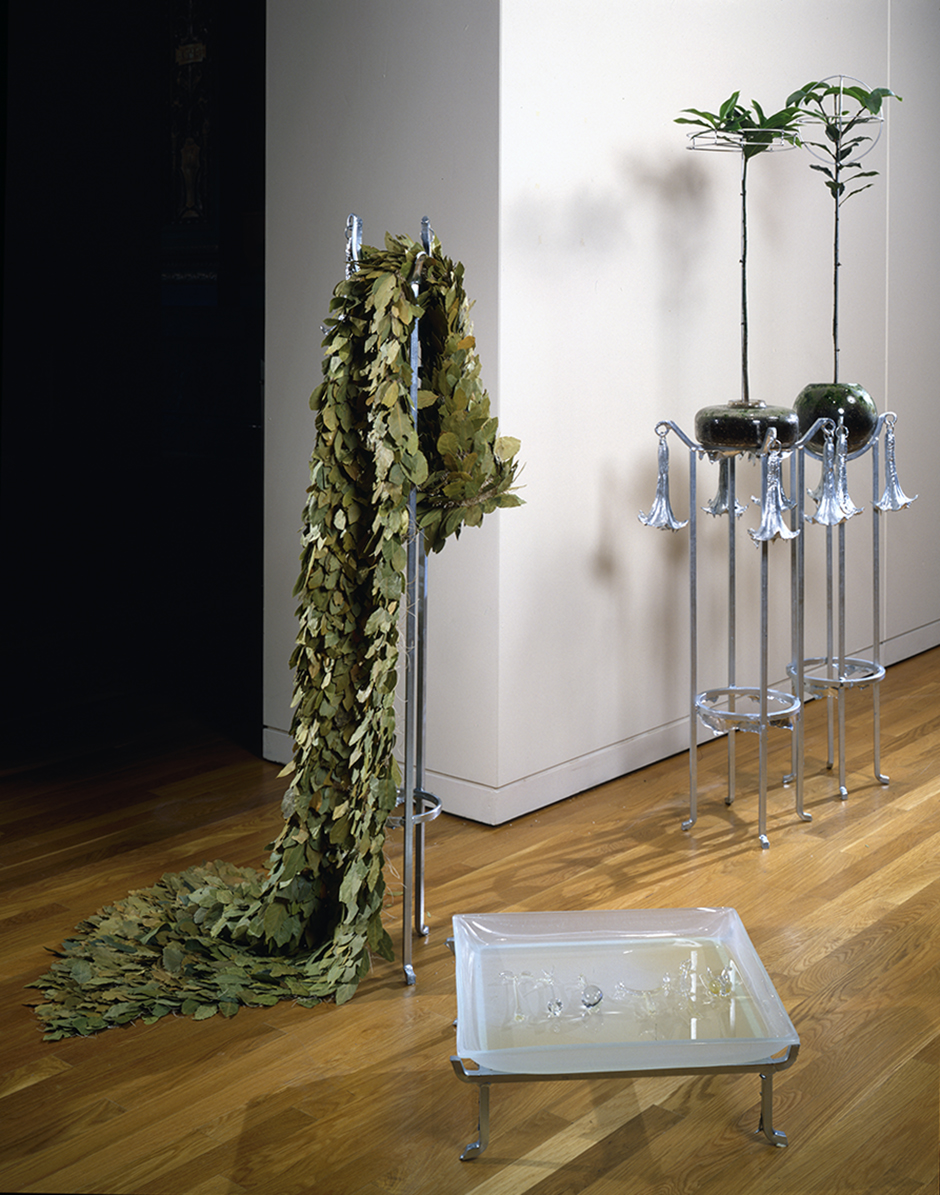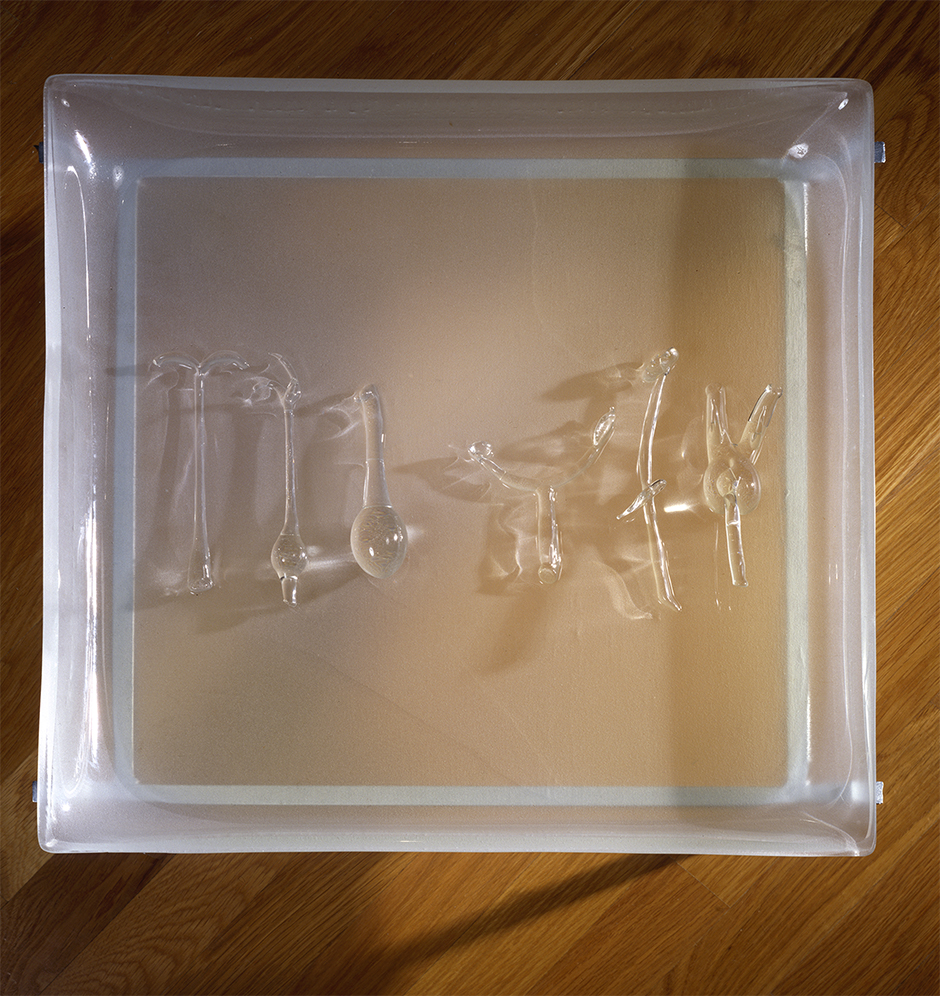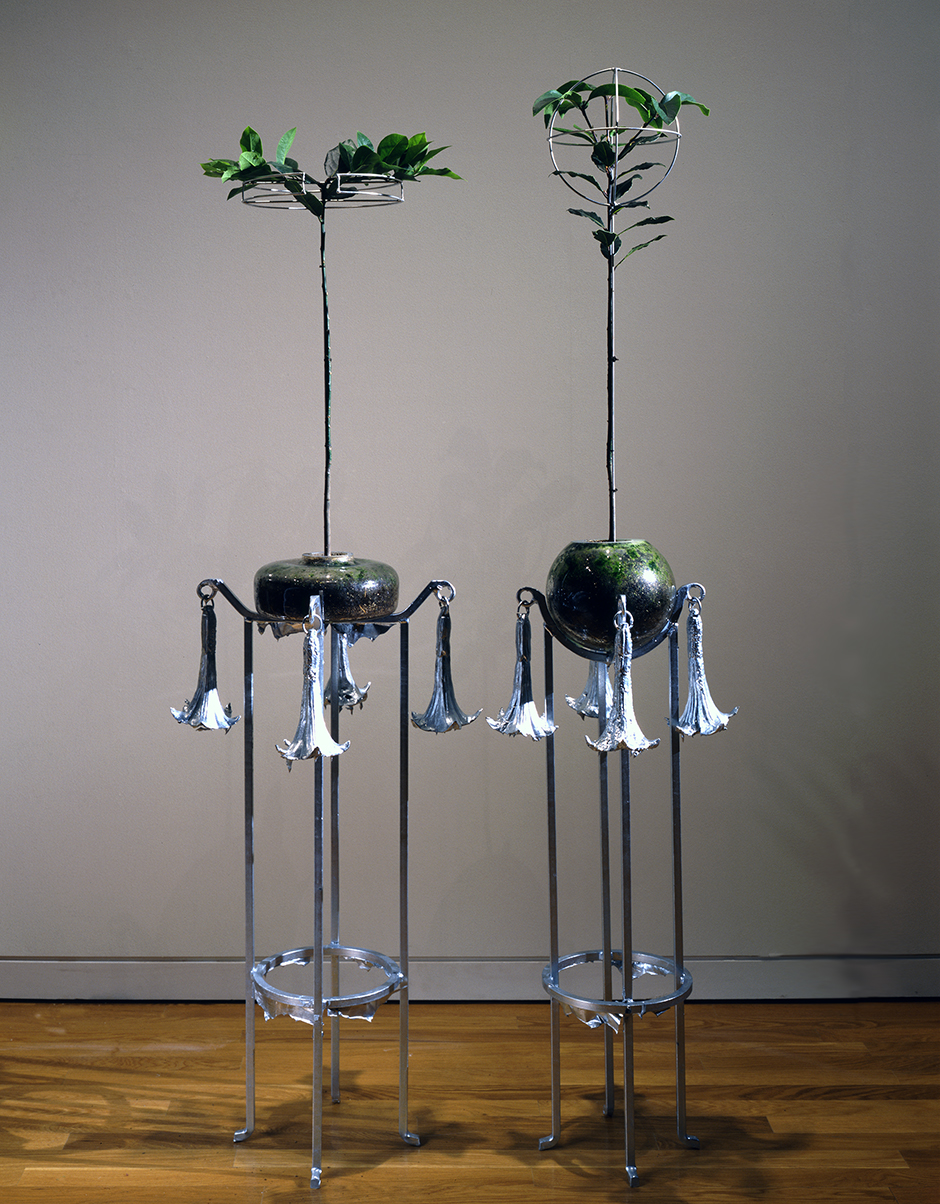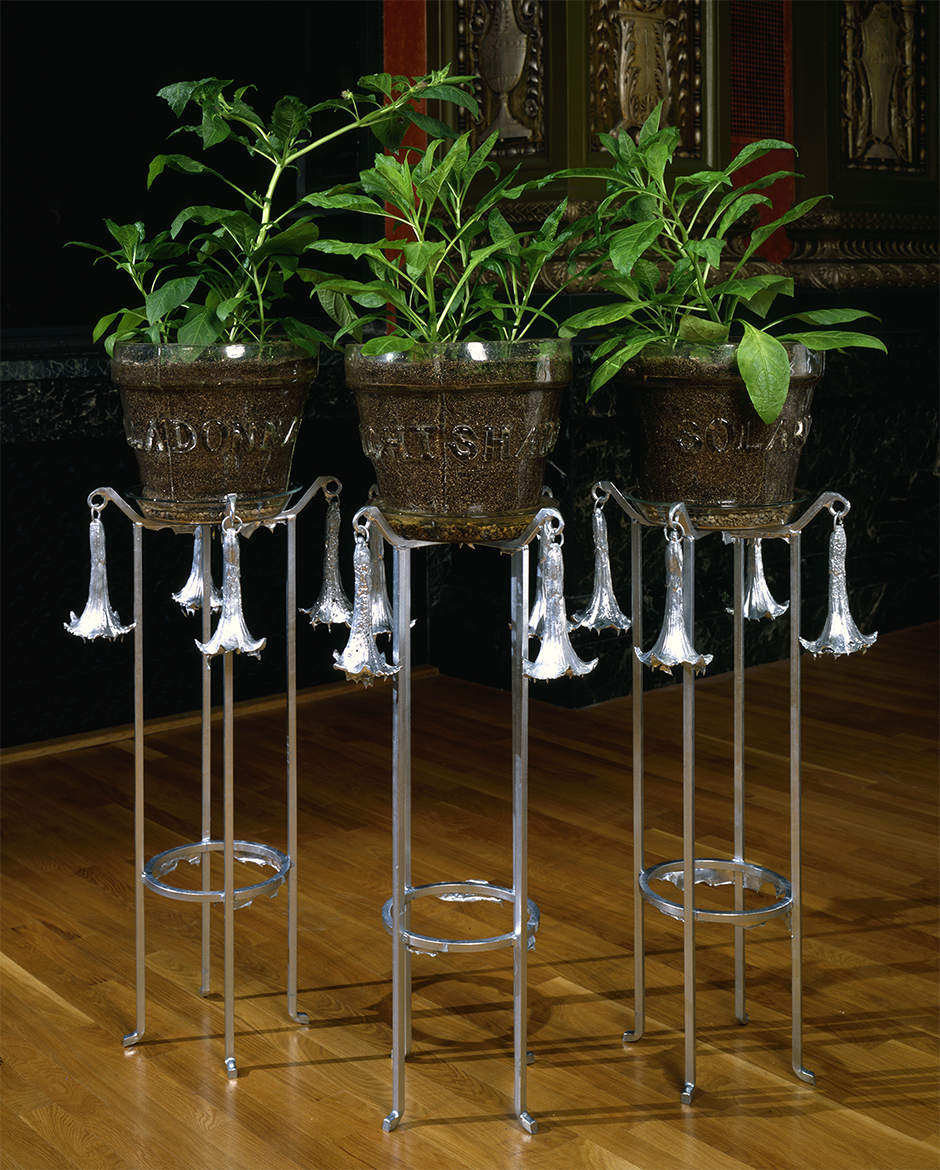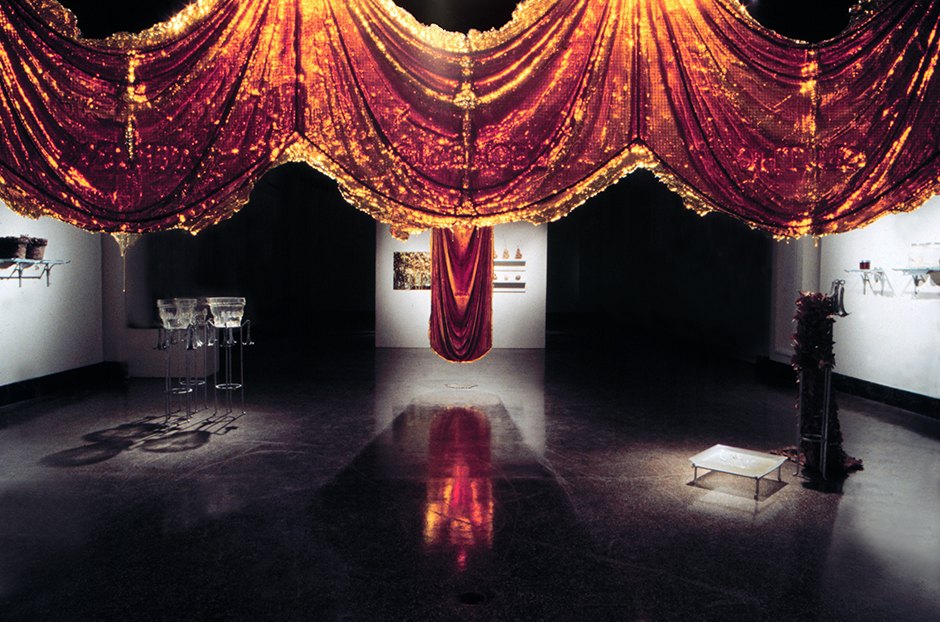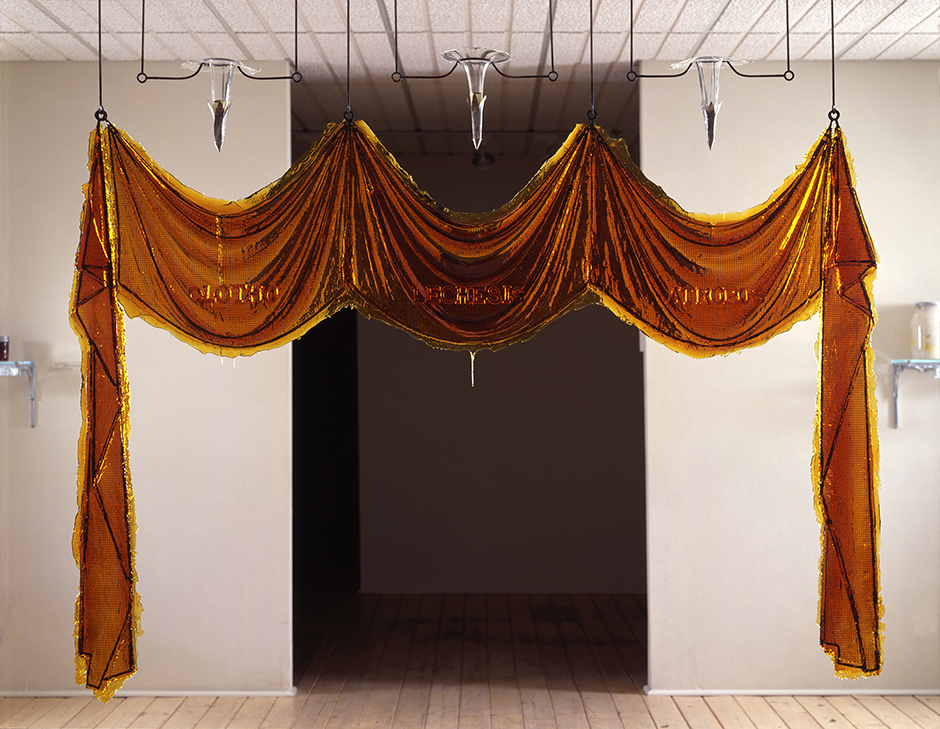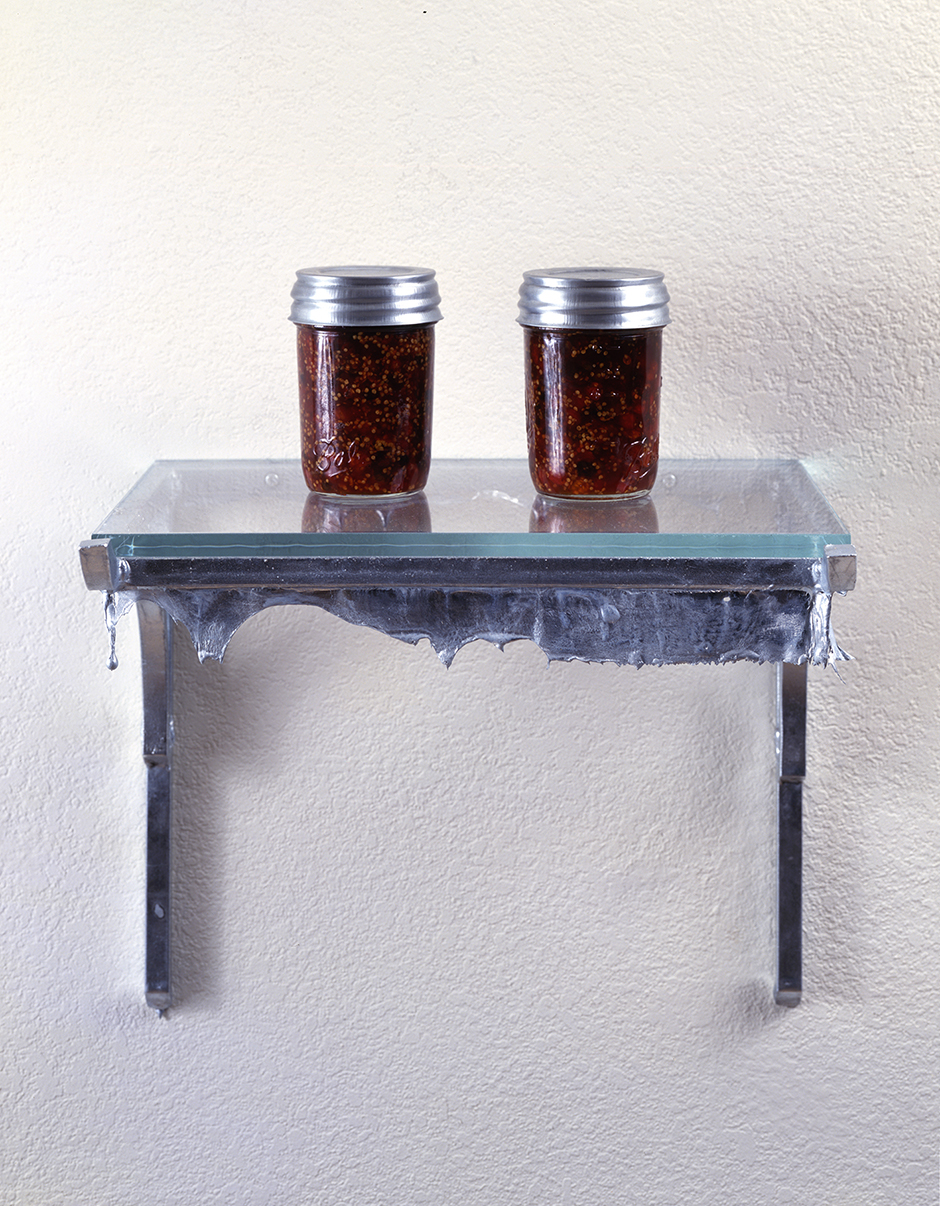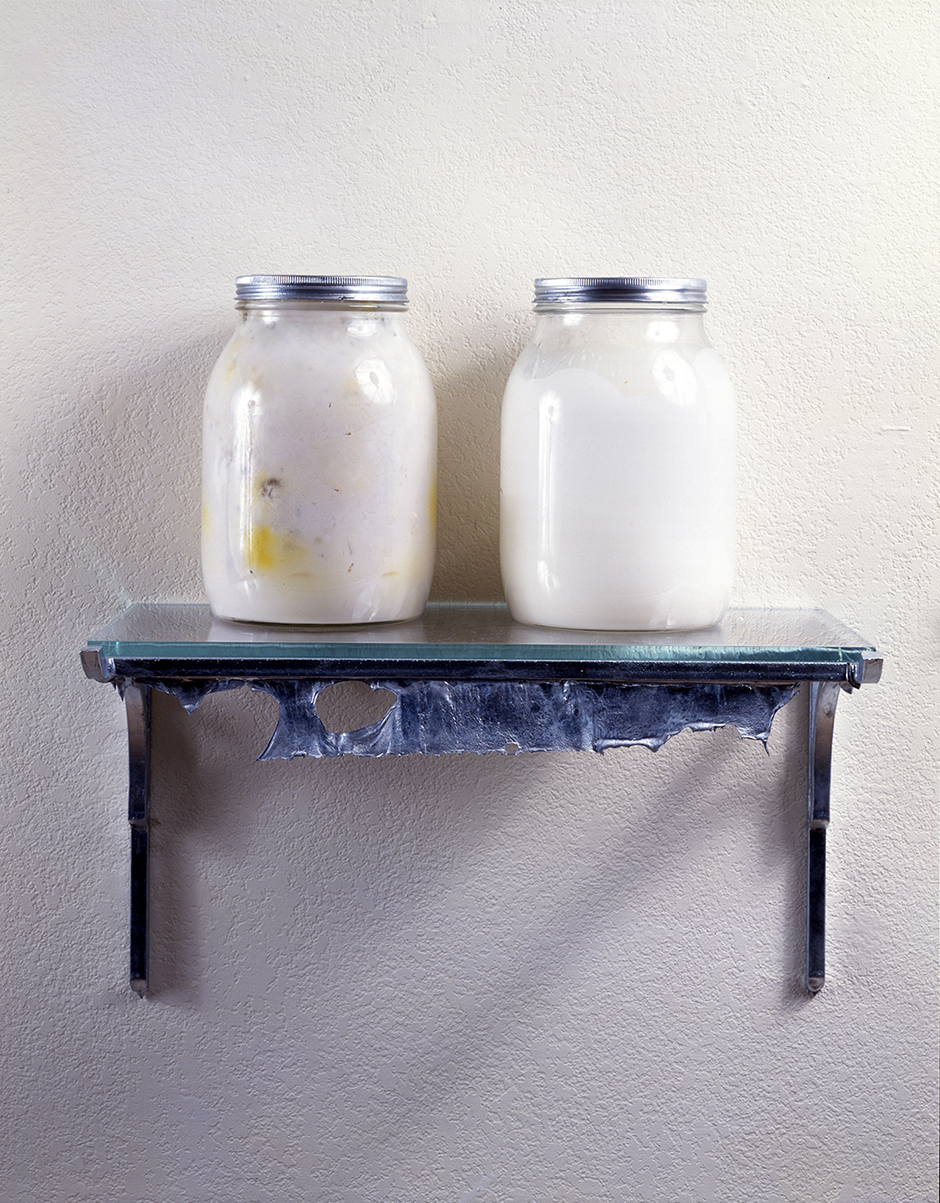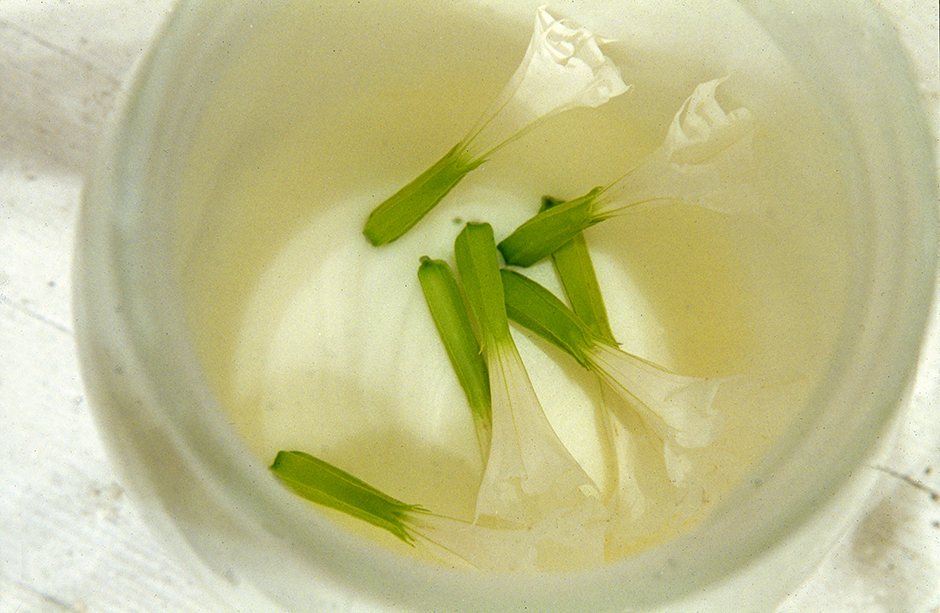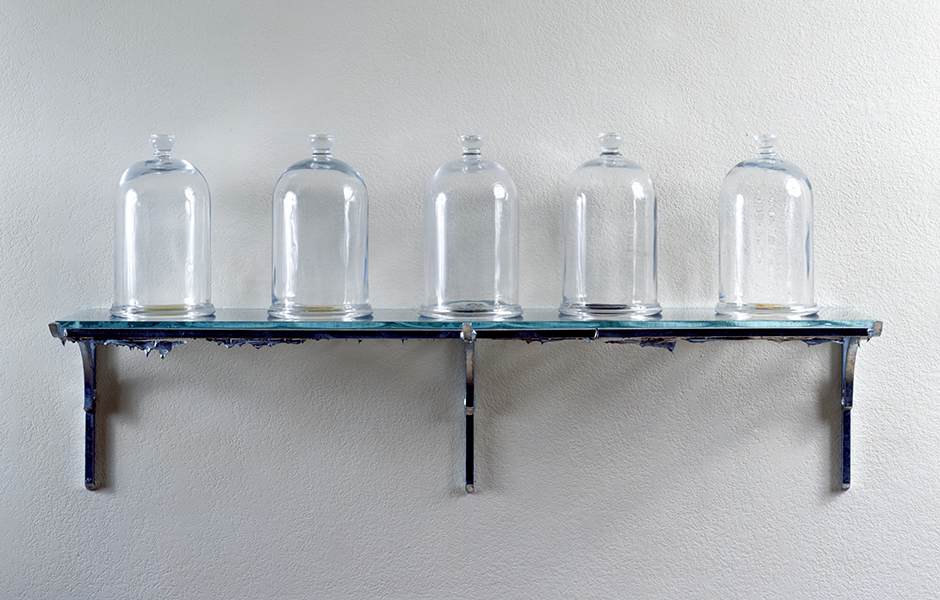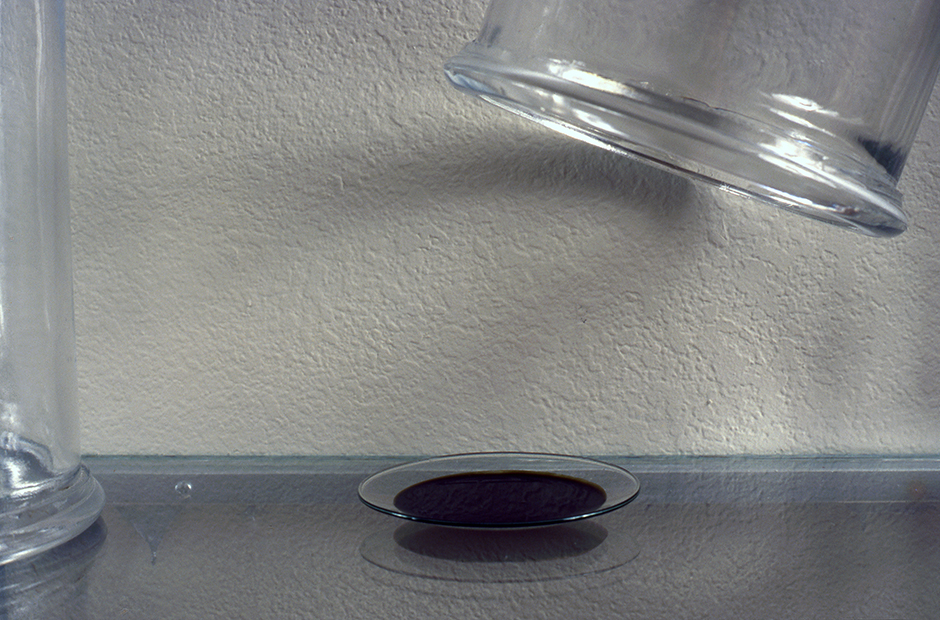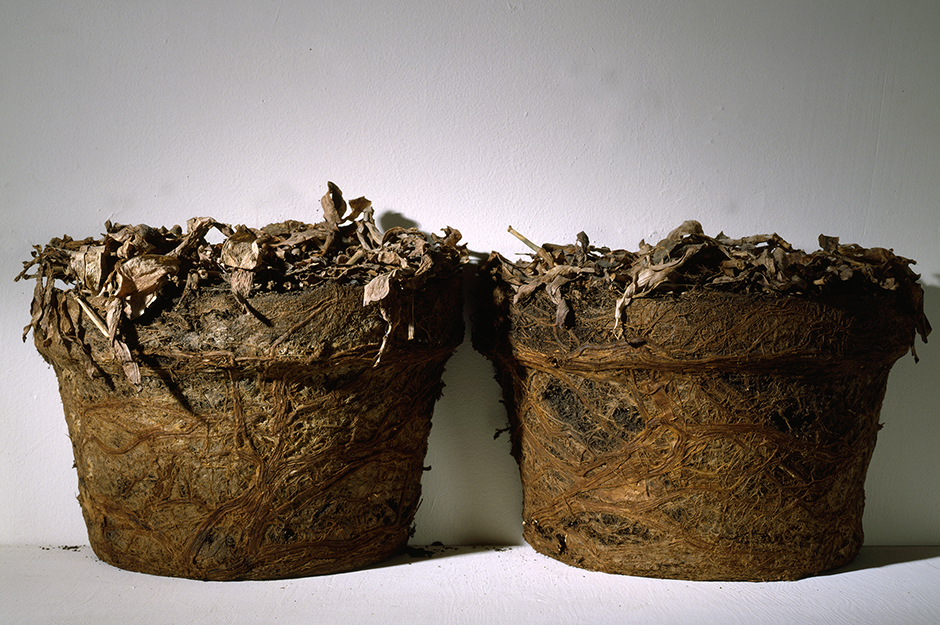FRANCESA
RANCESWR
ANCESWHT
NCESWHIE
CESWHITT
ESWHITEA
SWHITEHL
WHITEHE
HITEHEA
ITEHEAD
TWHEADF
EHEADFR
HEADFRA
EADFRAN
ADFRANC
DFRANCE
DATE
1993, 1996
THE NATURE OF THE MACHINE
Kinetic and Biokinetic Art
Chicago Cultural Center
Chicago, Illinoiis, USA
SOLO EXHIBITION
Lisa Sette Gallery
Scottsdale/Phoenix, Arizona
SOLO EXHIBITION
Herron School of Art+Design
Indianapolis, Indiana
THE DREAM
THIS PROJECT PAGE IS UNDER CONSTRUCTION
From- Notes about the projects using plant materials 1995
Nightshades and Laurel
The issue of will and its relation to desire and death led to an interest in the family of plants known as the Solanaceae translated "nightshades", especially the infamous Deadly Nightshades: belladonna, datura, jimson weed, bittersweet, henbane, mandrake, and tobacco. These plants are beautiful but deadly. Three berries of some nightshades are toxic enough to produce death. They are historically connected to witches, divination, fate, and desire including sexual desire. They equate intoxication, dream and desire.
This piece is ultimately about our complicity. It is the undoing of determinist notions in favor of acknowledgment of our willfulness. It is a vanitas.
The Linnaean name for belladonna (literally beautiful woman) is Atropa belladonna. In Greek mythology, Atropa is the last of the three Fates who are personified as women spinners of cloth. Clotho spins the thread of life, Lechesis measures is length and Atropa cuts the thread and determines death. This connection gave rise to the cloth imagery in the work, and interfaced with the plant laurel (sweet bay laurel or Laurus nobilis) as a symbol of fame, to produce the grouping Desire which includes the Laurel Mantle–a vanity area for the viewer. The glass perfume applicators are in the form of pistils and stamens (plant sex organs). The text on the pine rosin veil, the DREAM is undone, dissolved by oil of laurel, oil of desire. This might be the desire of a culture (utopianism, idealism), or a personal desire. This piece is ultimately about our complicity. It is the undoing of determinist notions in favor of acknowledgment of our willfulness. It is a vanitas.
These mimic luxury goods/commodities and refer to things "homemade" or "natural" becoming them.
This theme of death, desire, and excess, as well as our complex relationship to nature, is also the basis for subsequent works: Deadly Nightshade Jam (made standard recipe: 4 parts fruits / 3 parts sugar), Enfleurage of Deadly Nightshade (fat based perfume process made summer '93), and Absolutes and Concretes (perfume industry nomenclature: the most reduced and sought- after plant essences available from the perfume industry at very high price). These mimic luxury goods/commodities and refer to things "homemade" or "natural" becoming them.
